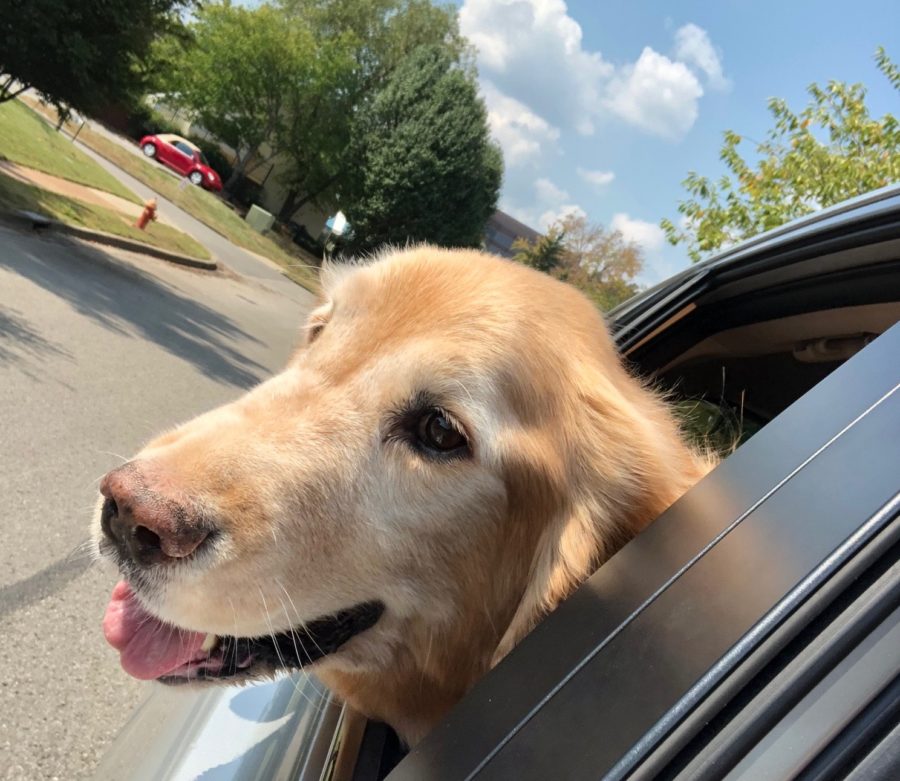Joey is my golden retriever. Joey’s Notes is for those who like to read in short bursts or those who just like dogs. Brief and to the point with a synopsis of each post. Crediting my son Adam for the suggestion to make the posts shorter and funnier and include dogs. (Well, not sure about funnier. So, maybe 2 out of 3?)
Sadly, my sweet Joey died in October 2019. Joey’s Notes will continue in his memory. Please send me your dog photos for featured guest appearances!
Sustainability in Arts Education Part 2: The Keystone
The keystone in the arts education ecosystem functions much like keystone species in the natural world. It’s the one entity that ensures the sustainability and integrity of the entire environment. We must focus our advocacy on keystones who have an outsized role on the health of the community. 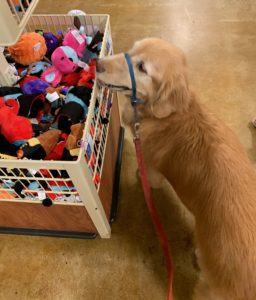
If building-level leaders are keystones in sustaining the arts in public schools, then we must focus our efforts to help principals understand what is at stake. As most principals do not have expertise in an arts discipline, it becomes our job to:
- Educate principals on the benefits and value of the arts.
- Build understanding of what quality arts education looks like.
- Be solutions oriented.
- Be a resource for promising practices.
- Encourage arts educators to take up the principal mantle.
- Recognize and reward excellence.
Sustainability in Arts Education
Regardless of your role in the arts education ecosystem, sustainability is the proverbial grand prize.
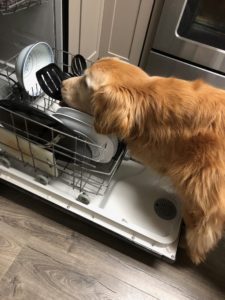

Over the past four decades, we’ve moved from silos of isolated activity to complex networks of mutual support. We recognize the value of creating community and rely on each other’s strengths and support one another in challenging times.
You can find evidence of this cross-cutting work everywhere, from rural to urban sites, city, state and national. Dive deep into every endeavor and you’ll uncover hours of thoughtful conversation and earnest solutions-thinking among stakeholders.
If we agree that the entirety of our field has a role in sustainability, then we have more work to do. To achieve fully the richness of the arts, we must embrace a both/and mentality.
Sustainability is not an absolute; it is a continuum. Progress is always hard-won, often incremental and sometimes stunningly game changing. We need all of it. Every effort moves us toward sustainability and many gold cups.
Looking at Arts Ed from Inside Out
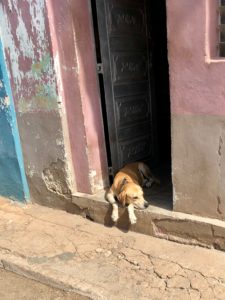
Doorway dog, Remedios, Cuba
There comes a time for honest reflection in the life of every arts in education program.
Arts and cultural organizations as well as education institutions live within a shifting landscape that is shaped by cultural, demographic, geographic, political, personal and financial forces. We would be well-served as a community to understand the interplay of those forces and how it impacts our work.
The post examines a process of reflection that guides organizations to answer the question: “What is going on that supports or inhibits progress toward our goals?”
Through an intensive interview and analysis process, the DISCOVERY PROJECT:
- Honors the voice and influence of all key players
- Provides analysis based on fact (not opinion)
- Ensures engagement that is deeper and more specific, less generic
- Reveals underlying issues and perceptions that may have been ignored or unreported
- Builds trusting relationships among stakeholders
- Leads to positive change and more successful outcomes for the group
Title IVA Funding for Arts Education
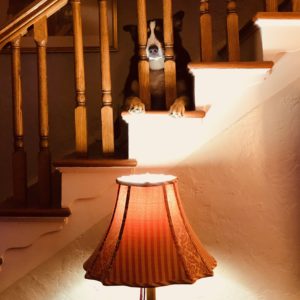
Patty Giggan’s dog Ruby, photo by Claire Peeps
Known as the Student Success and Academic Enrichment Grant program (SSEA), funded through Title IV Part A, the intent of this flexible block grant is to provide:
- Access to, and opportunities for, a well-rounded education for all students.
- School conditions for student learning in order to create a healthy and safe school environment.
- Access to personalized learning experiences supported by technology and professional development for the effective use of data and technology.
These funds are available for music and the arts!
Take a look HERE at my article published by Music & Arts on the who, what, when, where and how of Title IV Part A funding.
Propel Arts Ed Advocacy with Data
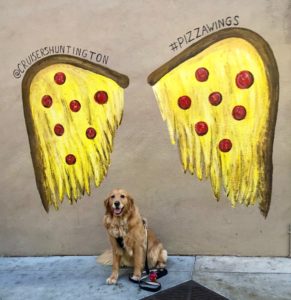
Sasha the Dog, courtesy of Tyler Schell & Katie Waldmann
Data, together with a thoughtful evaluation of what the data is actually saying, is a powerful tool for arts ed advocates. Whether your goal is strategic planning, public policy development, or funding, the use of data can propel your advocacy forward.
The Arts Ed Data Project, founded by Bob Morrison at Quadrant Research, works in partnership with State Education Agency Directors of Arts Education (SEADAE), state departments of education, state arts councils and private philanthropy to create searchable dashboards with school, district and state data that highlights access and participation in the arts. It is live in eight states with plans to expand to eight additional states in the coming year. Test a sample data dashboard at Tennessee Arts Education Data Project.
- Train Advocates to Utilize the Data: We cannot simply post the data, walk away and expect to see change. Create/CA | California Arts Education Data Project developed a robust website for users, including a roadmap for districts in evaluating the data, a webinar, and communications toolkit for partners.
- From Data to Strategic Planning: Data is essential to local arts planning. It’s the first step in identifying gaps in access and participation. (See my earlier post on strategic planning.)
- Driving Policy Change: States participating in the Arts Education Data Project report impacts on state policy and budgets as a result of strategic use of their data.
- Funders Like it: Arts funders use qualified data as a way to understand local context and inform grant making. VH1 Save the Music (STM), for example, requires prospective applicants to provide comprehensive data around who has access to and participates in music instruction. Understanding where gaps exist makes STM a more effective and responsive funding partner.
Arts Education Partnerships: Greater Than the Sum

Stella courtesy of David Pankratz
Successful partnerships are dynamic and complex, connecting students to arts learning through coordinated artist residencies, performances, standards-aligned lessons, with deepened community connections and professional learning opportunities for teachers. Roberta Ciuffo West of the Tennessee Performing Arts Center and Lauren Shelton of Chula Vista Elementary School District share insights on essential elements of arts partnerships.
- Define purpose, roles and responsibilities, with clear structures and accountability.
- Understand how the partnership advances the educational goals of the district.
- Enable a collaborative process between schools and artists.
- Build trust.
- Take advantage of advocacy opportunities through research and public outreach.
- Foster community building.
- Plan for the long term.

Cody courtesy of Marilyn Zlotnik
Arts Ed & Strategic Planning: Surf’s Up 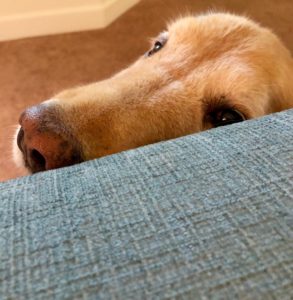 Describes the strategic planning process, as outlined in the California Alliance for Arts Education’s The Insider’s Guide to Arts Education Planning. And makes the case for why now is the time to undertake this important work. Benefits of planning:
Describes the strategic planning process, as outlined in the California Alliance for Arts Education’s The Insider’s Guide to Arts Education Planning. And makes the case for why now is the time to undertake this important work. Benefits of planning:
- Engages a broad spectrum of stakeholders within the district and the larger community
- Provides opportunities for advocacy with administrators and school board members
- Shines a light on the complexity of the arts education ecosystem
- Highlights the need for leadership and accountability
- Encourages communication, collaboration and consensus among stakeholders
- Provides hard data on program delivery and resource gaps
 Arts & School Culture: More than Friday Night Lights Makes the case that the presence of the arts is an indicator of positive school culture, bringing tangible benefits and a vibrancy to school communities. Key points:
Arts & School Culture: More than Friday Night Lights Makes the case that the presence of the arts is an indicator of positive school culture, bringing tangible benefits and a vibrancy to school communities. Key points:
- The Arts are a vibrant reminder that students and teachers are engaged in creativity, communication, collaboration and critical thinking— the hallmarks of a 21st century education and also evidence of the norms and behaviors of strong school culture.
- The presence of the arts shows there are shared values around access and equity and giving students voice and choice in their course selection.
- A strong arts presence shows that there is a fundamental belief in a well-rounded education.
- A strong arts presence shows that leadership supports the arts as a driving force that connects members of the school community, enables positive interactions, and gives the school distinctive character and flair.
The Funding Challenge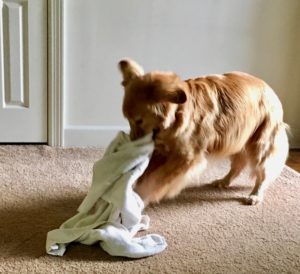 Effective arts education programs across the country have garnered a mix of public and private funds to enable their success. Key points:
Effective arts education programs across the country have garnered a mix of public and private funds to enable their success. Key points:
- Fundraising is most effective when part of an overarching strategic plan.
- Leveraging resources with community arts providers builds reach, capacity and good will.
- Seeking grants from private foundations has a place in the fundraising toolbox but is not a panacea.
- Grantmaking coupled with program support from the funder is an effective way to build capacity and community support.
- Consider pooled funds when working in large urban areas.
- If you need it in a hurry, consider online crowdsourcing options.
Putting a Face on Lobbying for Arts Education  Lobbyists are critical to the behind-the-scenes action of policy and budgetary advocacy. Key points:
Lobbyists are critical to the behind-the-scenes action of policy and budgetary advocacy. Key points:
- Leo Coco, Senior Policy Advisor for NAMM describes a lobbyists role in cultivating relationships with legislators, crafting legislative language, and following a piece of legislation throughout the process—from policy development to regulation.
- Follow the money to ensure policy intent is honored.
- Always look forward for opportunities to build new and sustainable relationships between constituents and policymakers.
- Be aware of advancing trends and political shifts and be ready to move quickly when shifts happen.
Be the Good News  Arts education advocates can be a source of good news for a school community. Take advantage of the opportunities to tell a story that reaches beyond the choir and reflects positively on you, the greater mission of your program, and your school/district. A good starting place is with everyday successes that may not be visible in the final work; describing the artistic process in a relatable way. Tips:
Arts education advocates can be a source of good news for a school community. Take advantage of the opportunities to tell a story that reaches beyond the choir and reflects positively on you, the greater mission of your program, and your school/district. A good starting place is with everyday successes that may not be visible in the final work; describing the artistic process in a relatable way. Tips:
- Connect the story with the larger mission.
- Imagine you are speaking to a larger audience (avoid jargon and acronyms).
- Keep the focus on the students.
- Stay positive; celebrate accomplishments.
- Use high quality photos and videos.
- Close ups are better than group shots. (Make sure you have permission to post student images.)
- Keep the text brief; rely on compelling visual images to tell the story.
- Regular postings on social media help to create the buzz of success.
- Choose social media platforms carefully and monitor privacy concerns.
- Use ## and links to reach a wider audience.
- Acknowledge all program partners and donors regularly and link to their websites/social platforms.
Inclusion Rider Take 2 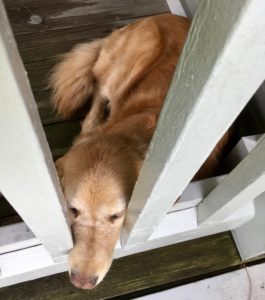
 The term inclusion rider has become a short-hand code for diversity and inclusion. Applied to the spirit of the Every Student Succeeds Act, it’s never too late to advocate for a “well-rounded” education that includes the arts at its core. The teachers of the students of Parkland are emblematic of the role that adults must play. Key points:
The term inclusion rider has become a short-hand code for diversity and inclusion. Applied to the spirit of the Every Student Succeeds Act, it’s never too late to advocate for a “well-rounded” education that includes the arts at its core. The teachers of the students of Parkland are emblematic of the role that adults must play. Key points:
- A well-rounded education exemplifies all the hallmarks of a 21stCentury education—teaching the ability to think critically, communicate effectively, collaborate with others, and be creative.
- When we send a child off to school, we are entrusting their lives to other caring adults—teachers, mentors, coaches, administrators—who will guide their development and keep them safe.
- Not only does it take a village of caring adults to guide the next generation into adulthood, our world demands that we support a broad education– across all disciplines—in order to understand the nuance and complexities of global events and shape a hopeful vision for the future. We must give our students the tools they need.
Communications for Cause  Strategic communications is at the heart of advocacy success —the art of communicating effectively with targeted audiences in order to move decision makers through the use of mainstream, social, new and paid media. Spitfire Strategies’ Smart Chart is an effective guide to communications planning. Six major decisional steps:
Strategic communications is at the heart of advocacy success —the art of communicating effectively with targeted audiences in order to move decision makers through the use of mainstream, social, new and paid media. Spitfire Strategies’ Smart Chart is an effective guide to communications planning. Six major decisional steps:
- Program decisions—vision, objectives, decision makers
- Context—internal and external scan and positioning (framing)
- Strategic choices—audience, readiness, core concerns, theme, message, messengers
- Communications activities (tactics)
- Measurements of success
- Final reality check
Getting Started 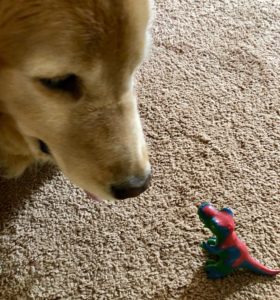 It’s possible to jump into advocacy from many different starting points. It isn’t difficult when you realize it’s something you care deeply about. For most of us, it starts from a very personal place. Suggested Steps:
It’s possible to jump into advocacy from many different starting points. It isn’t difficult when you realize it’s something you care deeply about. For most of us, it starts from a very personal place. Suggested Steps:
- Start from where you are.
- Identify like-minded individuals who want the same things you do.
- Be curious. Learn more about your cause from a variety of perspectives.
- Write a personal purpose statement. Why do you care?
- Set goals. What are you hoping to achieve?
Coalition Jenga 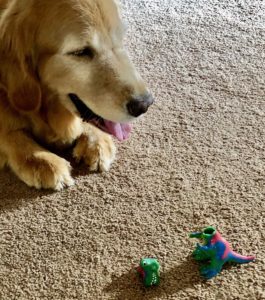 We need others in order to do our best work. It is our collective “strategery” (mash up of strategic and wizardry) where you find the magic of coalitions. Here’s a look at some structural and strategic elements that enable the work of effective coalitions. Key points:
We need others in order to do our best work. It is our collective “strategery” (mash up of strategic and wizardry) where you find the magic of coalitions. Here’s a look at some structural and strategic elements that enable the work of effective coalitions. Key points:
- Establish foundational elements, including vision, mission, values and key objectives.
- Understand who your constituents are; establish levels of membership and engagement.
- Understand your structural needs regarding budget, revenue, operations.
- Evaluate individual and collective impact annually.

